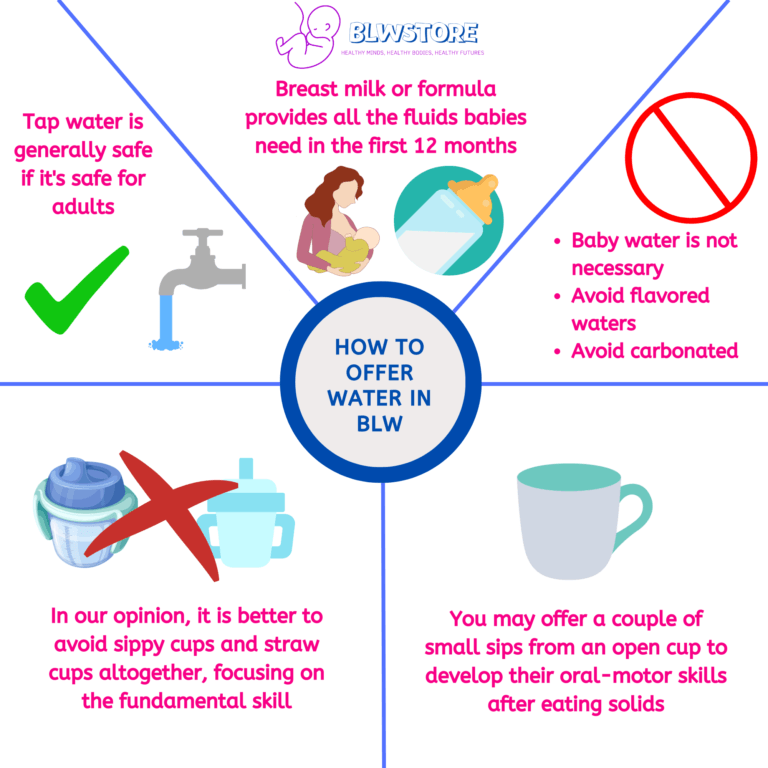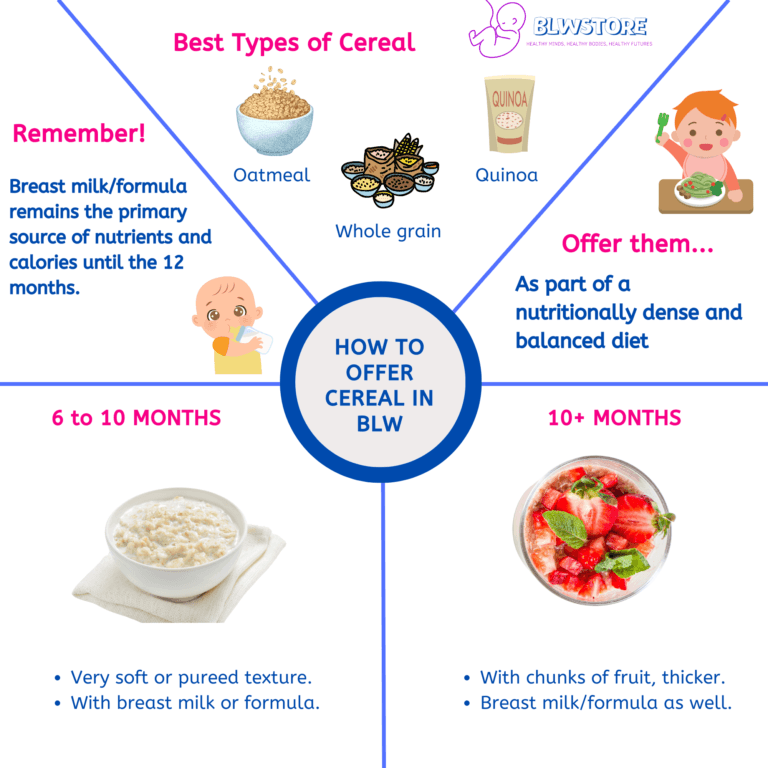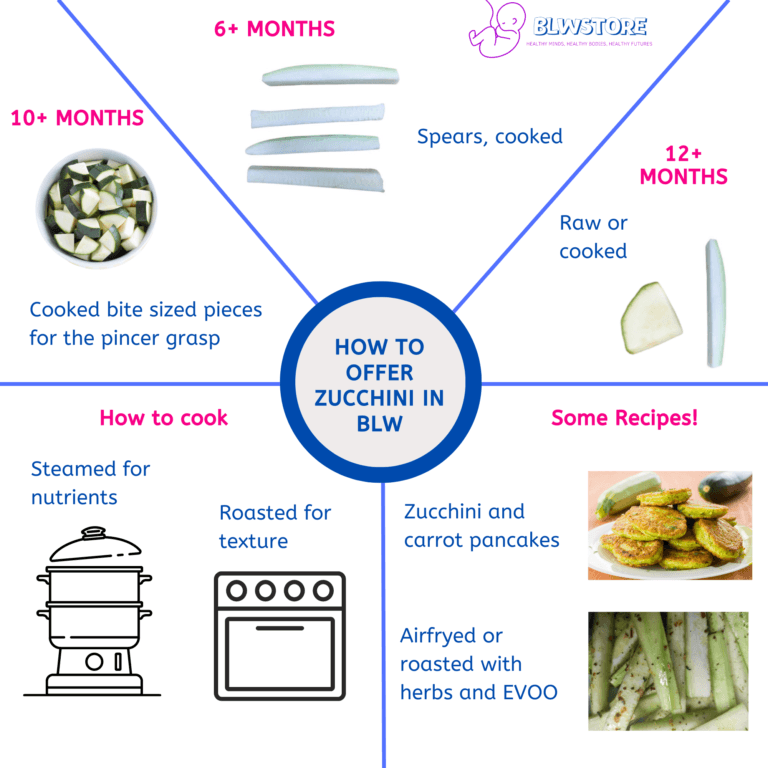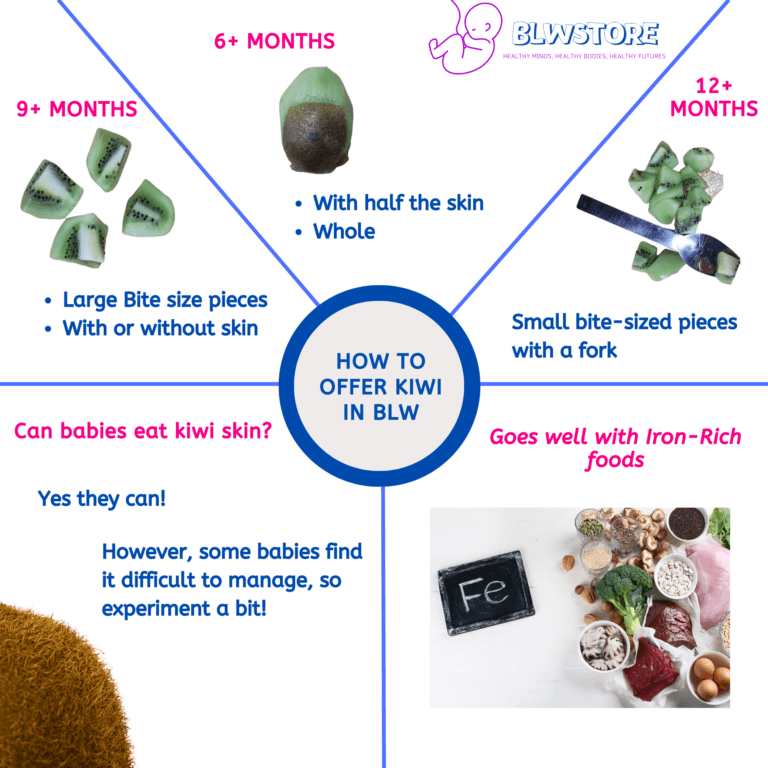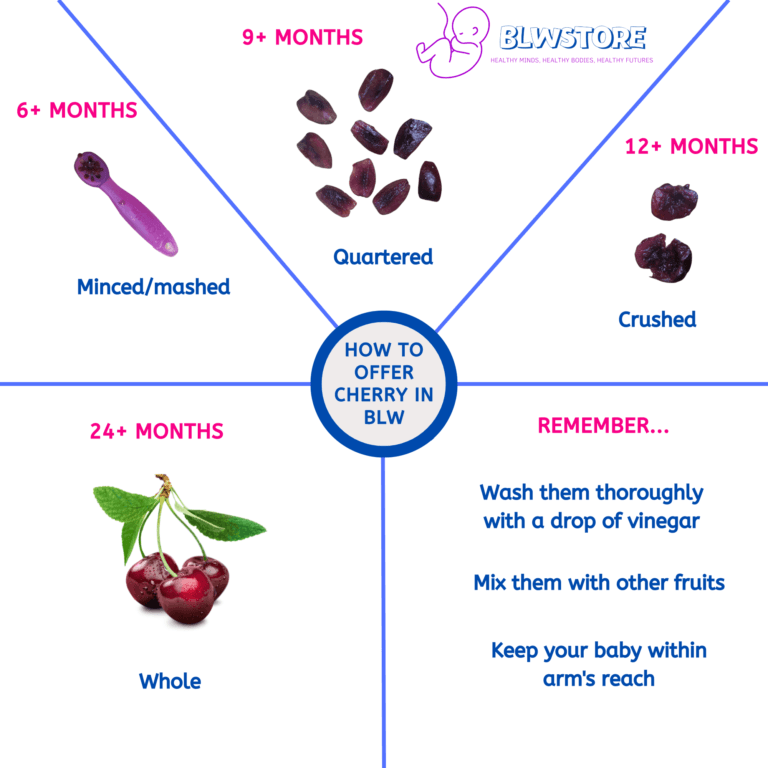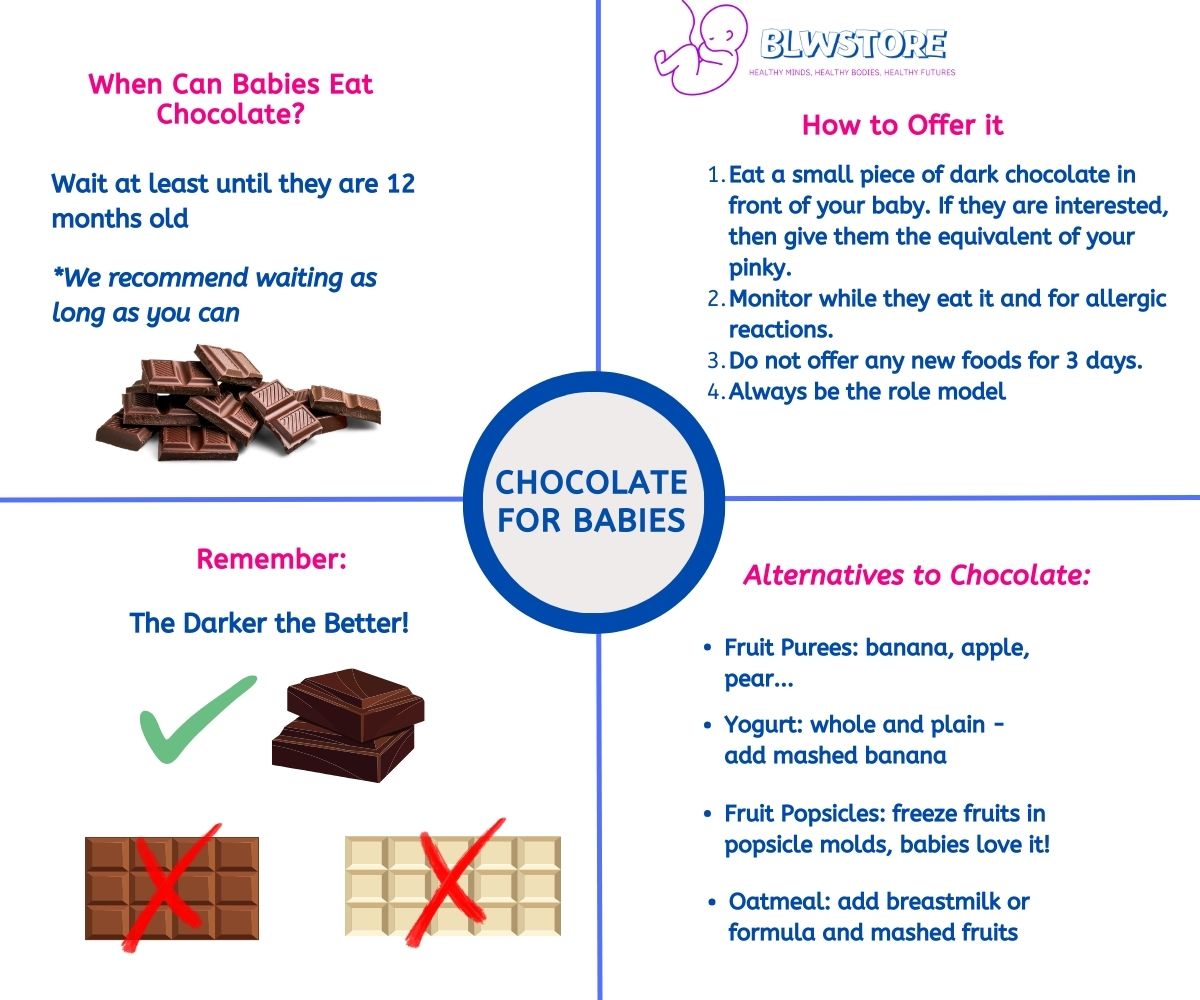
I’ve met a few people in my life who did not like chocolate. If adults like to so much, babies probably love it, right?
As parents, it’s normal to ask questions like:
- When and how should I offer chocolate to my baby?
- Is it healthy?
- Which type is the best?
- Is there a healthy and easy recipe I can do to introduce it to my baby?
This article will answer all those questions and more, so let’s not waste time!
Our Short Answer: When Can Babies Eat Chocolate and How Did We Introduce it to Our Son?
Wait until your baby is at least one year old. Their digestive system is more developed at this age, and they are less likely to have an adverse reaction to the caffeine and theobromine in chocolate.
Also, the type of chocolate matters: the darker, the better.
We started offering dark chocolate (85%) to Pablo when he turned 14 months old. Alberto (his father) likes it very much, and after every meal he usually has a small piece.
We did what we always do with Pablo: eat it in front of him, and if he asks to taste it, then we offer him some.
From 12 months on, babies have good control and there is less danger of choking. Even so, it is important to cut pieces of chocolate that are easy for them to manage (the size of an adult’s little finger).
Get ready to clean up when you baby finishes up!
Chocolate 101
1. What is It?
Chocolate is a sweet food made from roasted and ground cacao seeds. The cacao seeds are fermented, dried, and roasted before being ground into cocoa liquor paste.
The cocoa liquor is then processed to separate the cocoa solids from the cocoa butter. The cocoa solids are used to make chocolate, while the cocoa butter is used in cosmetics and other products.
2. What are the different types of chocolate?
Different types of chocolate include dark chocolate, milk chocolate, and white chocolate.
- Dark chocolate contains more cocoa solids and less sugar than milk chocolate. It is also rich in antioxidants and has been associated with health benefits such as improved heart health and lower risk of stroke.
- Milk chocolate contains more sugar and less cocoa solids than dark chocolate. It is sweeter and creamier than dark chocolate.
- White chocolate contains no cocoa solids and is made from cocoa butter, sugar, and milk. It has a milder flavor than dark or milk chocolate.
*That’s why: the darker the chocolate, the better for babies.
3. Are Cocoa and Cacao the Same?
Cocoa and cacao are often used interchangeably to refer to the same thing, but they are not exactly the same.
Cocoa is the term used for the processed form of cacao, while cacao refers to the tree and its unprocessed seeds. The cacao tree is native to Central and South America and is now grown in many parts of the world, including Africa and Asia.
Is Chocolate Healthy for Babies?
| Aspect | Details |
|---|---|
| Benefits | – Antioxidants (flavonoids) for heart health and nervous system |
| – Theobromine for anti-inflammatory effects | |
| Risks | – High in sugar and saturated fat |
| – Can lead to obesity, tooth decay, diabetes, heart disease | |
| – Caffeine content may cause nervousness and sleep issues | |
| Nutrients | – Vitamins, minerals, potassium, magnesium, copper |
| – Iron and fiber in small amounts | |
| Best Choice | – Prefer dark chocolate (higher in flavonoids, lower in sugar) |
| Recommendation | – Consume in moderation as part of a balanced diet |
its Benefits and Risks
As a popular treat, chocolate is often associated with negative health effects, such as added sugar leading to obesity and tooth decay. However, when consumed in moderation, chocolate can provide some health benefits.
One of the main benefits of chocolate is its antioxidant content, specifically flavonoids. Flavonoids have been linked to improved heart health and may also positively affect the nervous system. Chocolate also contains theobromine, which has been shown to have potential health benefits, such as reducing inflammation.
On the other hand, chocolate can also have adverse health effects, mainly if consumed in excess. Chocolate is high in sugar and saturated fat, which can contribute to weight gain and increase the risk of type 2 diabetes and heart disease. Additionally, some people may be sensitive to the caffeine content in chocolate, which can lead to nervousness and sleep disturbances.
Dark vs Milk vs White Chocolate for Babies
Here’s a table comparing the types of chocolate and their nutritional composition.
| Nutrient | Dark Chocolate (70-85% cacao) | Milk Chocolate | White Chocolate |
|---|---|---|---|
| Calories | ~600 kcal | ~535 kcal | ~540 kcal |
| Total Fat | ~42g | ~30g | ~32g |
| – Saturated Fat | ~25g | ~18g | ~20g |
| Cholesterol | Low | ~20mg | ~20mg |
| Sodium | ~20mg | ~80mg | ~100mg |
| Carbohydrates | ~46g | ~59g | ~59g |
| – Dietary Fiber | ~11g | ~3g | <1g |
| – Sugars | ~24g | ~52g | ~59g |
| Protein | ~8g | ~8g | ~6g |
| Vitamins & Minerals | High in Mg, Fe, Cu, Mn | Moderate Ca, Fe | Low |
| Caffeine Content | ~80mg | ~20mg | None |
| Theobromine Content | ~240mg | ~160mg | None |
| Antioxidants | High | Moderate | Low |
- Dark Chocolate: High in minerals and fiber, less sugar.
- Milk Chocolate: Creamy, sweeter, moderate sugar and fat.
- White Chocolate: High in sugar and fat, minimal nutrition.
When and How to Introduce Chocolate to Babies
The ideal age to introduce chocolate to your baby is after their first birthday. Before that age, babies’ digestive systems are still developing, and their kidneys may not be able to handle too much sugar. It is also because chocolate contains caffeine, affecting babies’ sleep patterns and cause restlessness.
How to Introduce Chocolate
When introducing chocolate to your baby, it’s important to do so in moderation and monitor their reaction. Here are some tips:
- Start with a small amount: Start with a tiny dark chocolate taste (75-90%) and watch your baby’s reaction. If they seem to enjoy it, you can gradually increase the amount.
- Choose natural dark chocolate: Opt for high-quality dark chocolate with a lower sugar content. Avoid milk or white chocolate.
- Mix it with other foods: You can mix a small amount of chocolate into your baby’s oatmeal or yogurt for a sweet treat.
- Avoid chocolate milk: Although it may seem like a good option, it often contains added sugars and artificial flavors. Stick to plain whole milk or water instead.
6 Alternatives to Chocolate for Your Baby
- Fruit Purees: Natural and wholesome, fruits like bananas, apples, pears, or peaches can be pureed into a smooth consistency. These are naturally sweet and full of essential nutrients.
- Yogurt: Plain, unsweetened yogurt can be a good choice. You might add a bit of mashed banana or pureed berries for natural sweetness.
- Homemade Fruit Popsicles: Blend fruits like berries, mango, or watermelon and freeze them in popsicle molds for a fun, sweet treat.
- Roasted Sweet Vegetables: Vegetables like sweet potatoes and carrots, when roasted, bring out their natural sweetness, making them a delicious and nutritious option.
- Oatmeal: Prepared with milk or water and mixed with mashed fruits like bananas or cooked apples, oatmeal can be a healthy and filling sweet treat.
- Whole Grain Pancakes or Waffles: These can be a tasty treat made with whole grains and sweetened with mashed banana or applesauce.
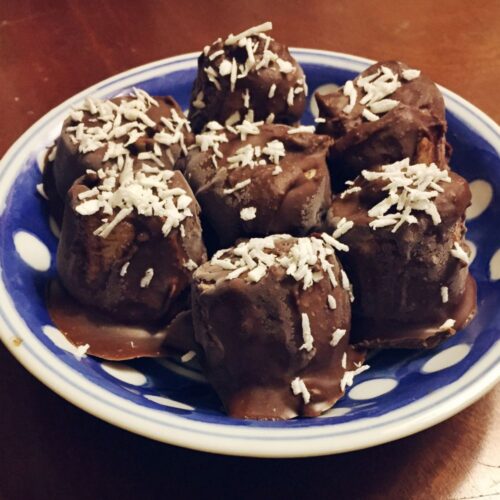
Banana and Dark Chocolate Bites
Ingredients
- 2 Ripe Bananas Large
- 1/4 cup Dark Chocolate 70% at least
- 1 tsp Coconut Oil
Instructions
- Prepare the Bananas: Peel and slice the bananas into half-inch thick rounds.
- Melt the Chocolate: In a microwave-safe bowl, combine the dark chocolate and coconut oil. Microwave in 30-second intervals, stirring in between, until completely melted.
- Dip Banana Slices: Dip each banana slice into the melted chocolate, coating half or the whole slice, and place on a baking sheet lined with parchment paper.
- Freeze: Place the baking sheet in the freezer for about 1 hour or until the chocolate is firm.
- Serve: Once set, serve immediately. Store any leftovers in an airtight container in the freezer.
Notes
- Choose a high-quality dark chocolate with minimal added sugars for a healthier option.
- Ensure the banana slices are not too thin to prevent them from breaking when dipped in chocolate.
- This recipe is intended for toddlers over one year old. Always supervise young children while eating.
- You may add some peanut butter to the mix (we love it)
- Sprinkle some coconut flakes if you want!
Frequently Asked Questions
Why can’t babies have chocolate before 1?
Because chocolate contains caffeine and theobromine, which are stimulants that can negatively affect a baby’s developing nervous system. It contains sugar, which isn’t suitable for a baby’s diet.
Can unsweetened cocoa powder be given to toddlers?
Unsweetened cocoa powder can be introduced in small quantities to toddlers, only after 12 months. However, use it sparingly due to its caffeine content and potential for causing constipation and treat it like an allergen (3 days without introducing anything new)
What is the Best Chocolate for babies?
Always opt for dark chocolate with high cocoa content and low sugar.
What should I do if my baby accidentally eats chocolate?
Monitor for any signs of an allergic reaction or digestive discomfort. If symptoms occur or if a large amount is consumed, contact your pediatrician. In most cases, a small amount won’t cause harm but it’s best to be cautious.
Is it safe for a 6-month-old to have chocolate?
No, it’s not safe for a 6-month-old. Chocolate should be avoided due to the caffeine, sugar, and potential allergens it contains.
when can babies have chocolate milk?
Chocolate milk can be introduced after the age of 2 when the child’s diet can accommodate more varied flavors and ingredients. However, due to its high sugar content, the latter the better.
We’re Maria and Alberto, a married couple and educators who are nutrition enthusiasts. Even before we had kids, we were already crazy about nutrition.
We’d read scientific articles, watch videos from nutritionists, and spend hours listening to nutrition podcasts.
Today, we continue doing this, but in a different way, as we’ve learned to sift through the noise and trends. Nutrition, like any other field of knowledge, the more you read and learn, the more you develop a comprehensive understanding of reality, and that’s what has happened to us.
Before having our first child, we focused on learning everything we could about child nutrition, using the same techniques we had already employed, backed by our extensive knowledge in nutrition.
Our mission is to help other parents with their children’s nutrition, to help them become the best versions of themselves.
If we are what we eat and drink, which is absolutely true, let’s do it right!


